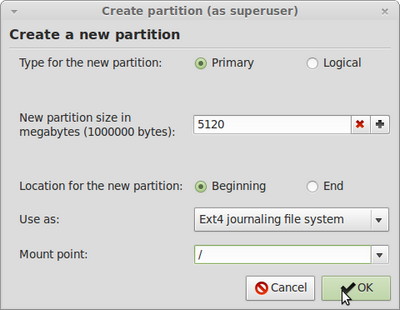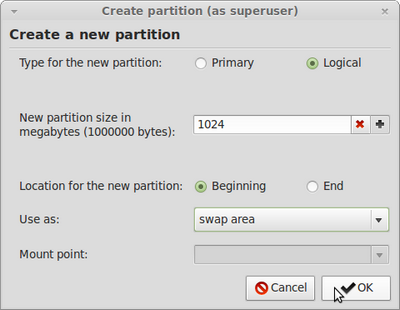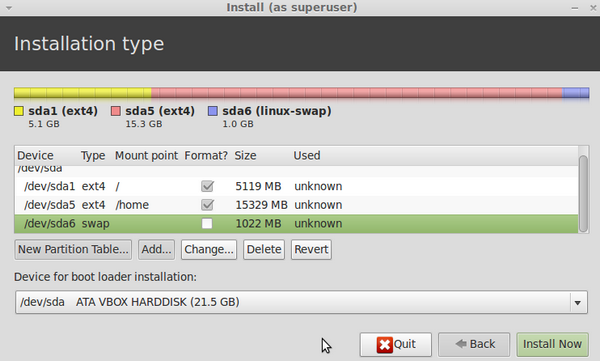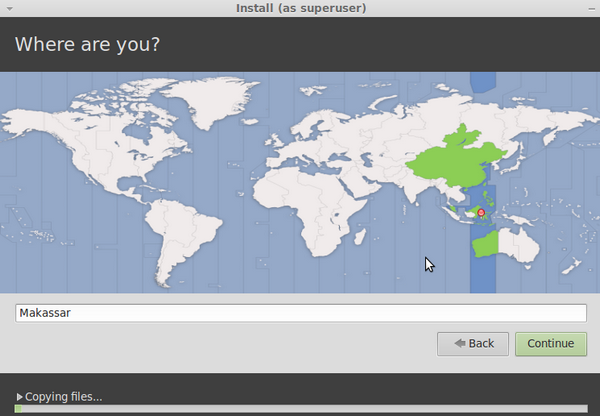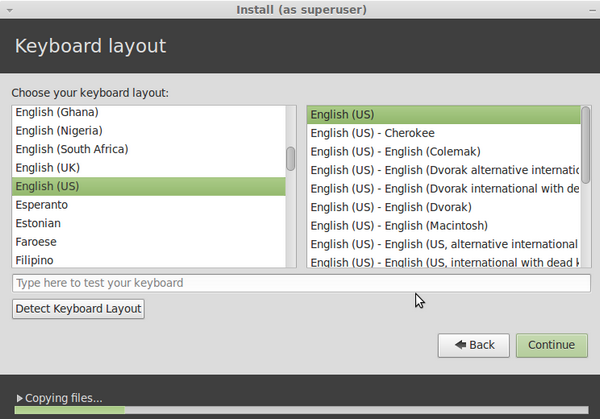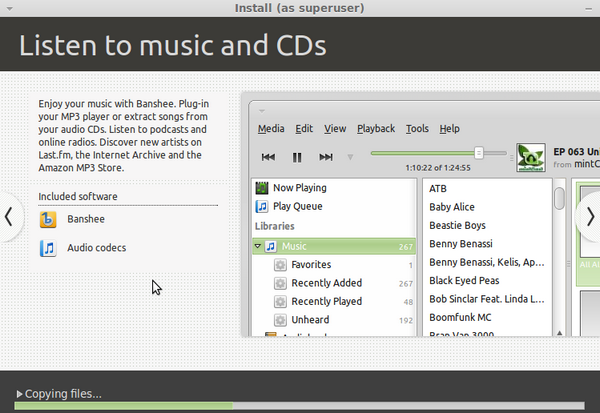Installing applications in Ubuntu is easy bother not like the way Windows install it just double click the file *. Exe. How to install applications in Ubuntu there is a need to connect to the internet there is no need to connect to the internet but have to download the installer file with the extension *. Deb. But the problem is that the installer application *. Deb inclined slightly.
Here are two ways to install applications in Ubuntu that I know of.
1. If the Connect to the Internet (Online)
This method is used when we are connected to the internet Ubuntu. This method tends to be easier and more complete applications available. before installing, we must first set our repository to a local repository so that faster connections. Follow these steps to change the following repository:
Open Ubuntu Software Center, click Menu Edit -> Software Sources ...
On the Download From: select Other and select a server repository .
Then click the Close button
Update the repository with a way to open a terminal and type sudo apt-get update and press Enter, enter your Ubuntu password and wait a few moments until the process is complete.
Well after the update we just select the apps that we will install, how to install applications in Ubuntu with this online way there are 2 ways that I know of that is with the Terminal or the Ubuntu Software Center, here\'s how.
Using the Terminal
If using this method means you have to know the name of the application to be installed
Open a terminal (Ctrl + Alt + T) and type sudo apt-get install Application_name
Using Ubuntu Software Center
This method tends to be easier when compared to the way Terminal as we can find and choose the applications directly. here's how:
Open Ubuntu Software Center and select the application to be installed, you can select the application in the category menu on the left side
Wait a few moments until the application is installed on your computer.
2. When Not Connected to the Internet (Offline)
This way we do not need to set up a repository for easy installation method, but the difficulty is the difficulty of finding an installer program with extension *. Deb. the following way:
Double click the file *. Deb that we were looking for and downloaded from the internet.
After that, click the Install button, enter your password if necessary, and wait for the process to complete.
Website address that can be used as a place to download the installation file (*. Deb) one of which is Appnr. Well, how convenient right? enough of this simple tutorial, may be useful.







-black_orange-hex.svg/758px-Logo-ubuntu_no(r)-black_orange-hex.svg.png)




